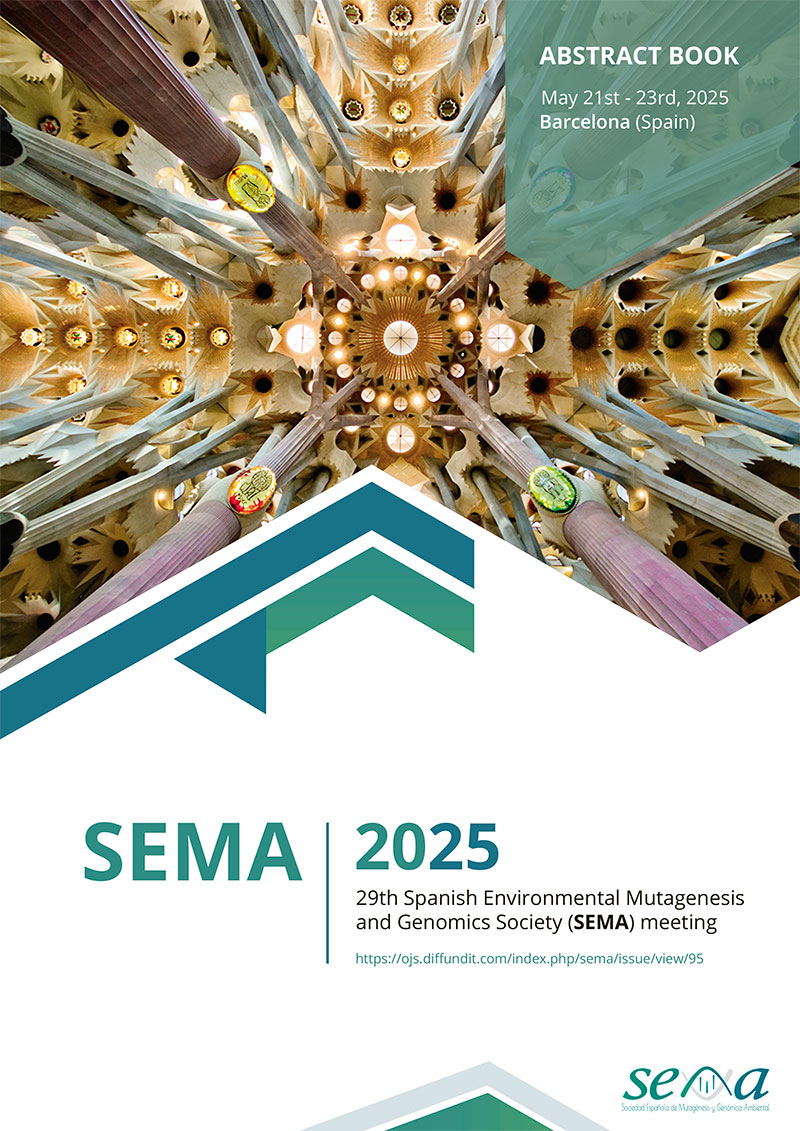Abstract
Horses doesn’t develop internal organ cancers in opposite to humans and other animals, although rarely can develop sarcoid, melanoma (common in gray horses), and squamous cell carcinoma (often due to UV exposure). This apparent cancer resistance can be due to a combination of efficient DNA repair, strong immune defenses, tumor suppression mechanisms, and lifestyle factors. Base excision repair (BER) and nucleotide excision repair (NER) are the two main pathways of DNA excision repair. This work aims to infer the inter individual repair activity variability for BER and NER pathways in 20 horses aged between 3 and 23 years, using the comet-based in vitro DNA repair assay, our goal was also to determine whether horses exhibit higher repair capacity than the average reported in humans and to explore potential associations with factors such as gender, age, breed, and lifestyle. DNA repair activity was measured as incision activity (% of DNA in tail) using lymphocyte protein extracts. We found a considerable variability between animals, for both BER (6.06±9.28) and NER (4.72±8.09), although both values were lower than those typically reported in literature for healthy humans. Since the DNA repair capacity is a quantitative characteristic, we tried to find associations with several possible host factors effects. At large, results show that NER is significantly higher in young horses and BER is significantly higher in Lusitanos than in warmbloods. Horses with melanomas showed markedly low repair activity for both BER and NER, which is a very interesting result in terms of prognosis. We did not find differences between genders, stabled horses vs horses kept in pasture, or coat color (grey vs other coats). These preliminary results suggest that there are other factors contributing to the low cancer rates in horses, as tumor suppressor genes, immune system efficiency, and a low-inflammatory lifestyle.
Acknowledgements: The authors thank “Centro Hípico da Quinta da Marinha”, Cascais, and Veterinary Hospital from UTAD for providing blood samples
Funding: This work was supported by CECAV (UID/00772), (Doi:10.54499/UIDB/00772/2020) and AL4AnimalS (LA/P/0059/2020) funded by the Portuguese Foundation for Science and Technology (FCT).

This work is licensed under a Creative Commons Attribution-NonCommercial 4.0 International License.
Copyright (c) 2025 Spanish Journal of Environmental Mutagenesis and Genomics

